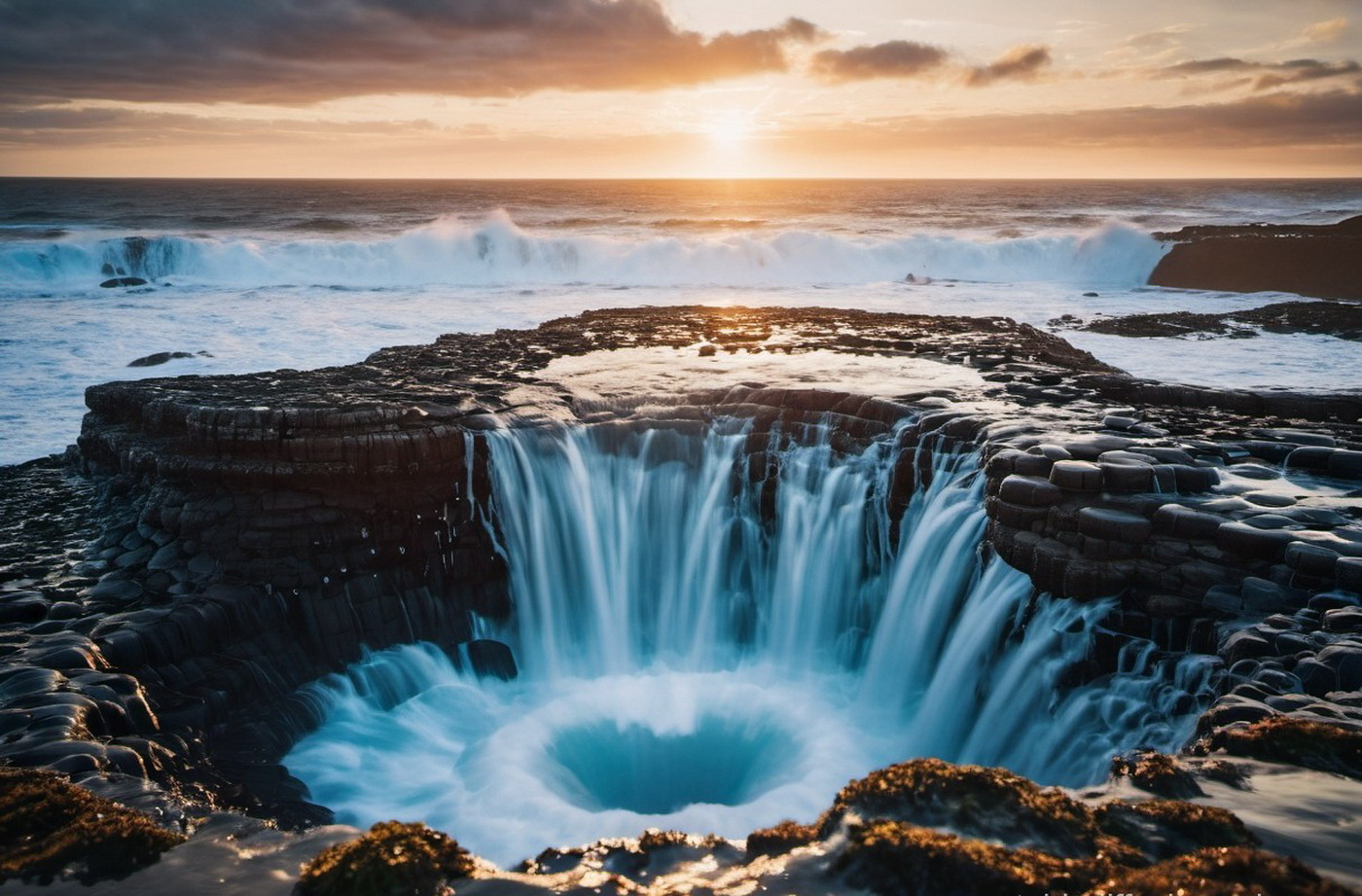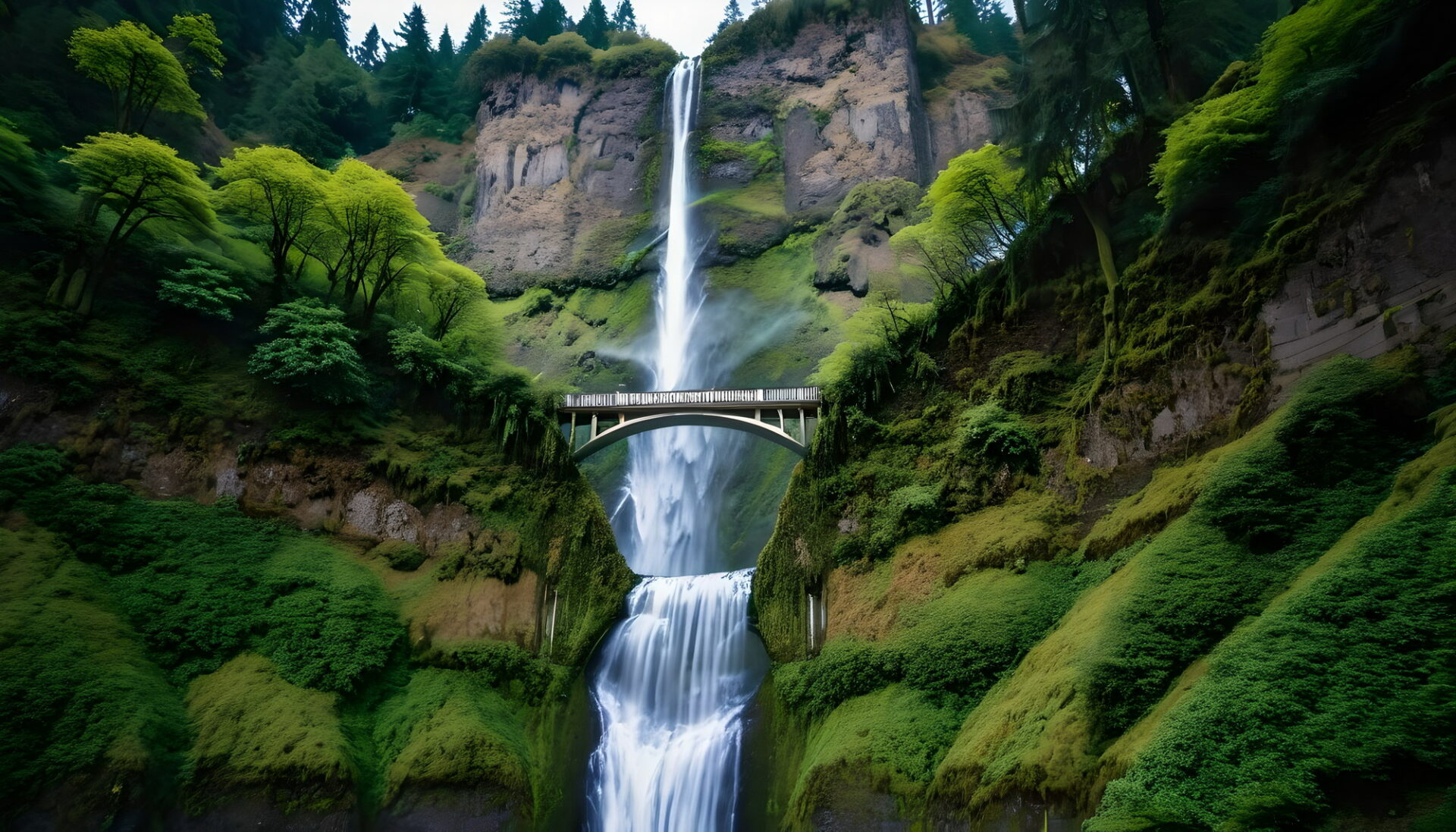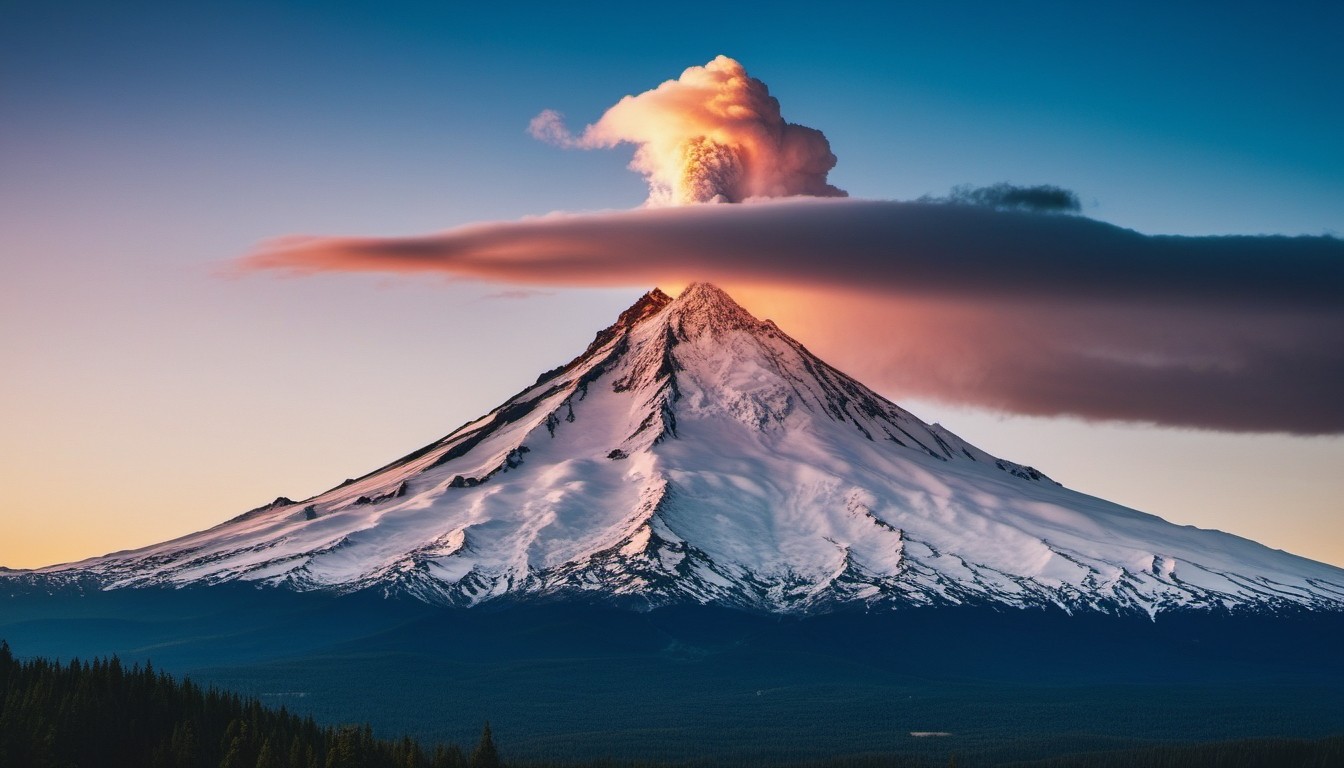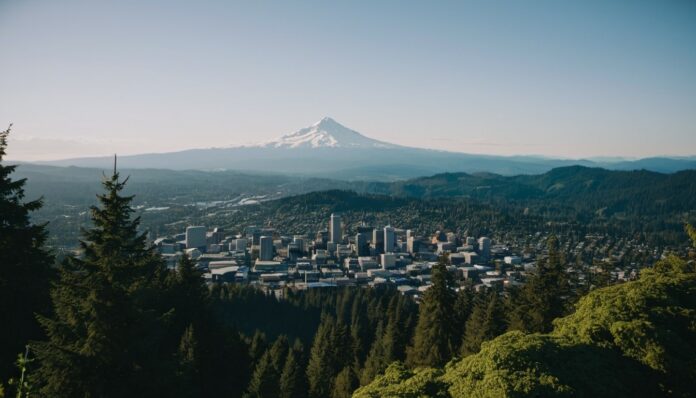The picturesque landscape and café terrace, with a cup of hot aromatic coffee on the table, cozy streets, and small farm shops – this is the picture that comes to mind when talking about Oregon, the thirty-third state of the USA.
The nature there is diverse and invariably magnificent, while the inhabitants are multifaceted. It’s hard to determine who predominates here: dreamy romantics, rugged loggers, stately farmers, or contemplative-scattered students, young dandies, or hopeful careerists. Oregon is also rich in entertainment, and every tourist will find an activity to their liking, whether traveling alone or in a group.
Quick State Information
- Abbreviation: OR
- Capital: Salem (177,803 people)
- State Population: 4.27 million (27th in the US)
- Largest City: Portland (662,549 people)
- State Area: 255,026 km² (9th in the US)
- Official Website: oregon.gov
Attractions
This area is characterized by a variety of landscape zones, including mountains, waterfalls, coniferous and deciduous forests, crystal-clear lakes and rivers, canyons, and even desert. Therefore, most tourist attractions are natural landmarks.
For example, the largest metropolis in the state of Oregon, Portland, is simultaneously the greenest. Americans come here to admire the roses planted in the International Rose Test Garden. By modest estimates, there are more than ten thousand bushes. Moreover, anyone can grow the “queen of flowers” in their own plot without much effort, as the climate is conducive to the process.
Salt Creek Falls
In Portland, there is also Forest Park, a reserve area and habitat for over 100 bird species and 62 mammal species.
Thor’s Well

At Cape Perpetua, with the necessary skill, you can peer into the Gates of the Underworld. Otherwise, this natural volcanic pit is called Thor’s Well. During high tides, waves rush into the crater at tremendous speed and fall down, forming waterfalls. The cavity inside the rock never completely fills, and you can enjoy the spectacle endlessly.
Multnomah Falls
Equally mesmerizing is Multnomah Falls, whose power enthusiasts of extreme sports can observe from a bridge over the abyss, fearing that the water’s might will soon wash away the viewing platform from the face of the earth.
However, from early autumn until spring, the waterfall is enveloped in mist, so during this period, it is unlikely that you will be able to fully experience its magnificence; you will only hear its thunderous roar.
It’s also worth visiting the Poisonous-Blue Crater Lake, which formed thousands of years ago after a volcanic eruption, and is the deepest lake in the USA. The average distance from the bottom to the water surface here is 350 meters, and at the deepest point, it’s 600 meters. Visitors are drawn here not only by the beauty but also by the ancient legend of the old man of the lake. It is believed that whoever meets him will find true happiness.
State History
Archaeological findings in the Ford Rock Cave indicate that the Pacific Northwest of the USA was inhabited by Native American tribes for more than 10,000 years. The territories of modern-day Oregon were inhabited by the Bannock, Chinook, Nez Perce, and other peoples. Most settlements were located on the Pacific coast and at the mouth of the Columbia River because fish was the main component of these Indians’ diet.
European expansion began in 1774 in the region. Several exploratory expeditions visited the region: the Spaniards Juan José Pérez Hernández, Bruno de Heceta, and Juan Francisco de la Bodega, the Englishman James Cook, and the Americans R. Gray, M. Lewis, and W. Clark.
In 1803, the first settlement appeared – Fort Clatsop, and in 1811, Fort Astoria was erected, which became a life support point in the region and a fur trading center. It was thanks to the fur trade and processing that the lands became of great interest to settlers, so the territories of the colonies gradually expanded.
In 1818, Britain and the USA signed an agreement on joint development of the Oregon Territory, with no specific boundaries between states. People began to come to these lands even more actively, build their homes, and organize their lives. Among the newly arrived, a huge percentage were Christian missionaries. In 1839, under the leadership of Jason Lee, a group of American missionaries arrived in the west, proclaiming the motto: “Oregon or a Grave.”
Young and hot-headed, they set themselves the goal not only to colonize the region but also to drive out the English. This led to a conflict and a deterioration of relations with England, and this situation was resolved only after the signing of the Washington Treaty in 1846.
Population growth continued, leading to the emergence of self-government bodies, and the Oregon Territory was created, which entered the USA. On February 14, 1859, Oregon was proclaimed the 33rd state.
Interesting Facts about Oregon
1. Oregon is called the “beaver state.” Previously, the population of these animals on the lands was simply incalculable, but now there are much fewer of them. Most of the fur-bearing animals were exterminated by fur hunters.
2. This is the only administrative-territorial unit of the USA with a two-sided flag, with a different image on the obverse and reverse sides.
3. The dormant volcano Mount Hood, the highest peak in Oregon, is located in the state. Although it is officially considered potentially active, tourism is actively developed on its slopes (three ski resorts operate here).
4. There is no need to pay sales tax in Oregon.
5. State law prohibits self-service at gas stations; you must wait for assistance from a specially trained person.
6. In Oregon, a group that performs songs in a fictional language spoken by the characters of the TV series “Star Trek” is very popular.
7. The world’s largest fungus grows in the Malheur National Wildlife Refuge, specifically a fungal colony covering an area of 800 hectares.
8. Oregon’s treasury is replenished annually by $200 million brought in by brewing.
9. In 1942, Japan bombed Oregon. A Japanese seaplane, located on an auxiliary submarine, dropped two incendiary bombs on the state’s territory in the hope of causing a forest fire. Americans did not forget this and, as we know from history, sent two of their, but already nuclear, gifts to Hiroshima and Nagasaki.
10. Oregon’s neighbors are California, Nevada, Idaho, and Washington.
The most populous cities in Oregon by population are:
- Portland (≈ 645.3 thousand people)
- Salem (≈ 43.3 thousand people)
- Eugene (176,464 people)
- Hillsboro (110,982 people)
- Gresham (108,527 people)
- Bend (106,023 people)
- Beaverton (99,561 people)
- Medford (84,550 people)
